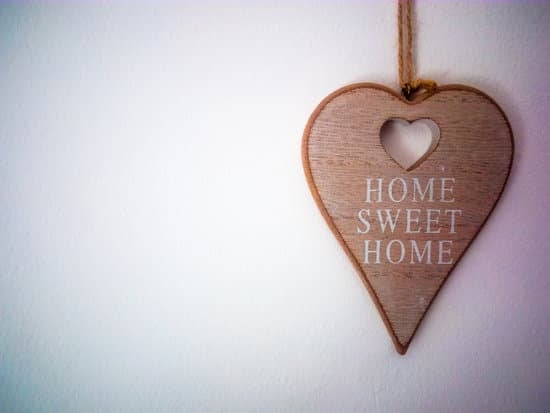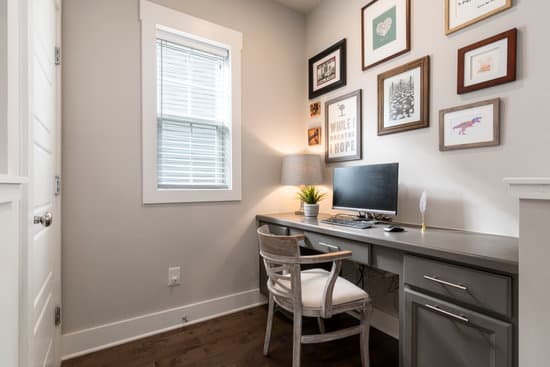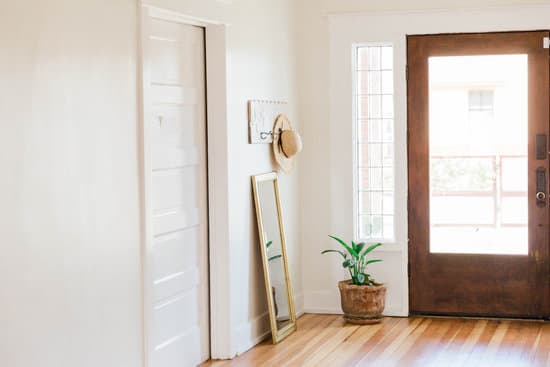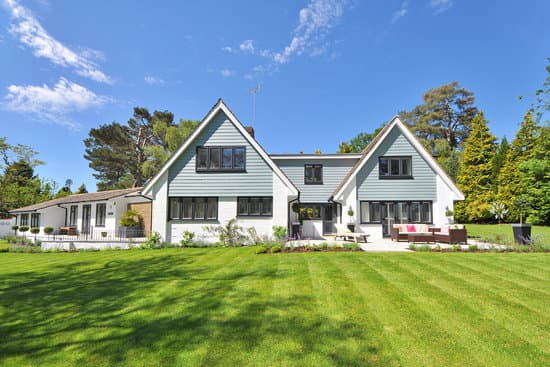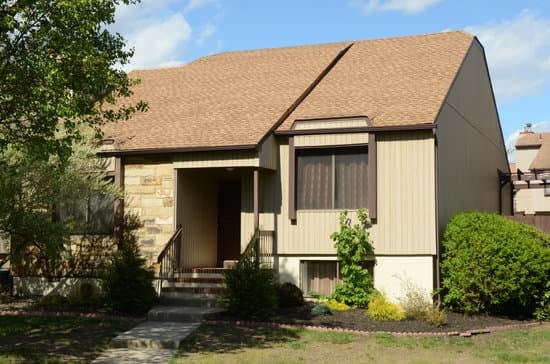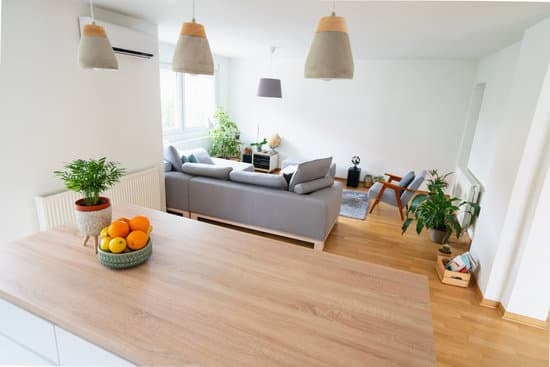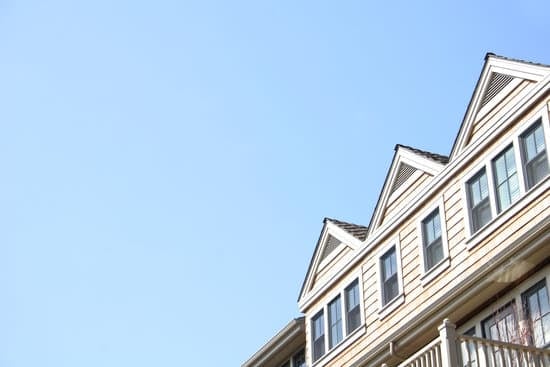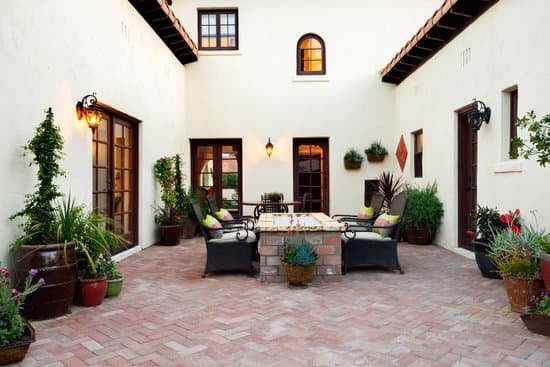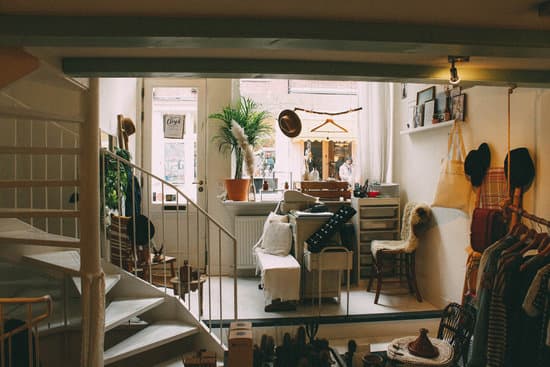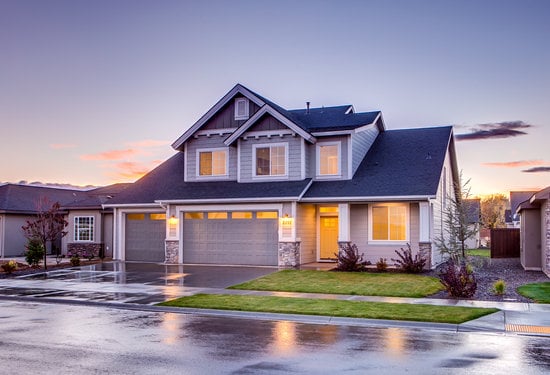Coastal and nautical design styles may seem similar at first glance, but they both have distinct characteristics that set them apart. Nautical design is heavily influenced by all forms of sailing, with navy blue and stripes being the signature elements. On the other hand, coastal design takes inspiration from the beach and ocean surroundings, incorporating beachy materials and natural colors. While there are differences between the two styles, there are also some commonalities. In both nautical and coastal design, the use of wood and natural light is essential to create the desired atmosphere. Here are some more specific differences between the two styles:
Color palette: Nautical design uses classic navy blue, white and red, while coastal design features soft, muted colors like sandy beige, watery blues, and seafoam greens.
Patterns: Nautical design relies heavily on stripes and geometric patterns, while coastal design features organic shapes and patterns inspired by coastal flora and fauna.
Accessories: Nautical design incorporates sailing-related items like ship wheels, anchors, and ropes, while coastal design incorporates seashells, starfish, and sea glass.
By understanding the differences and similarities between coastal and nautical design, you can create a beautiful home that reflects your personal style and love for the sea.
